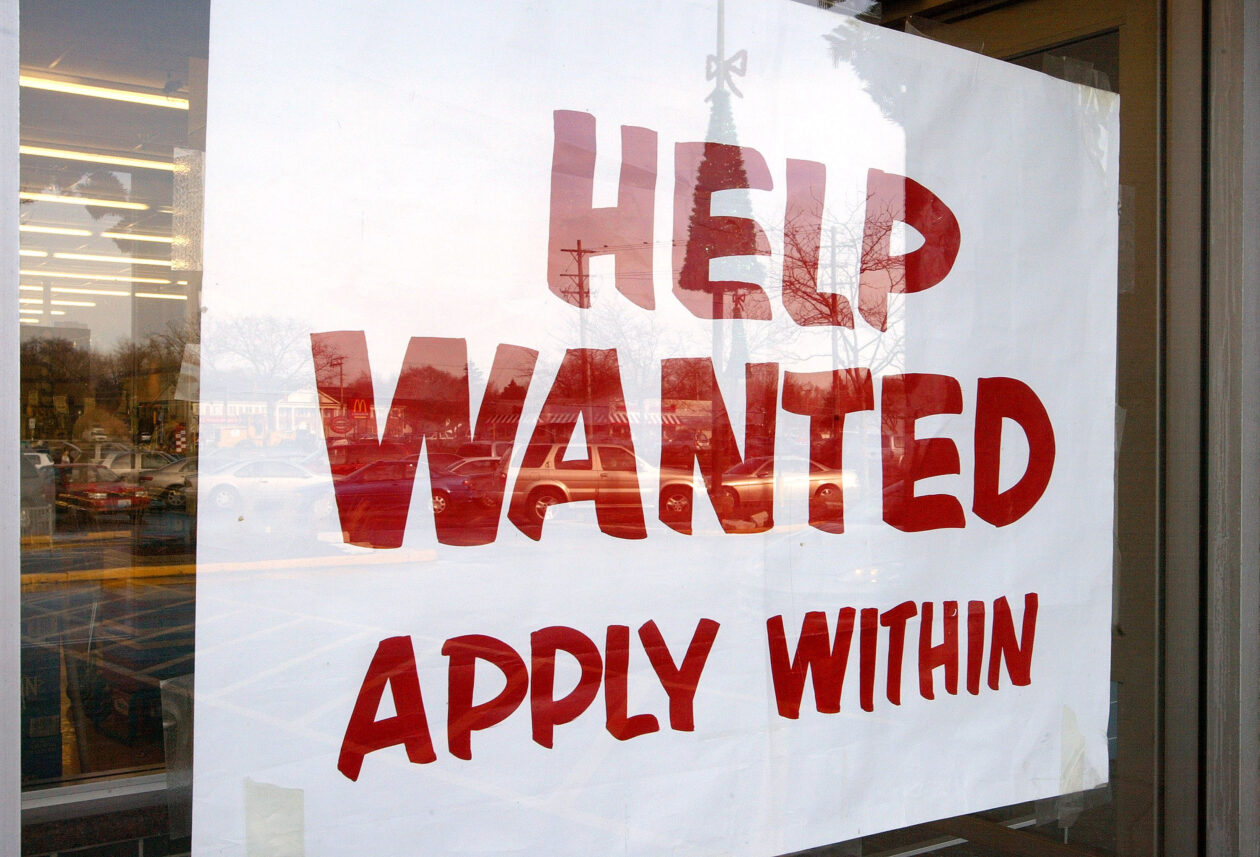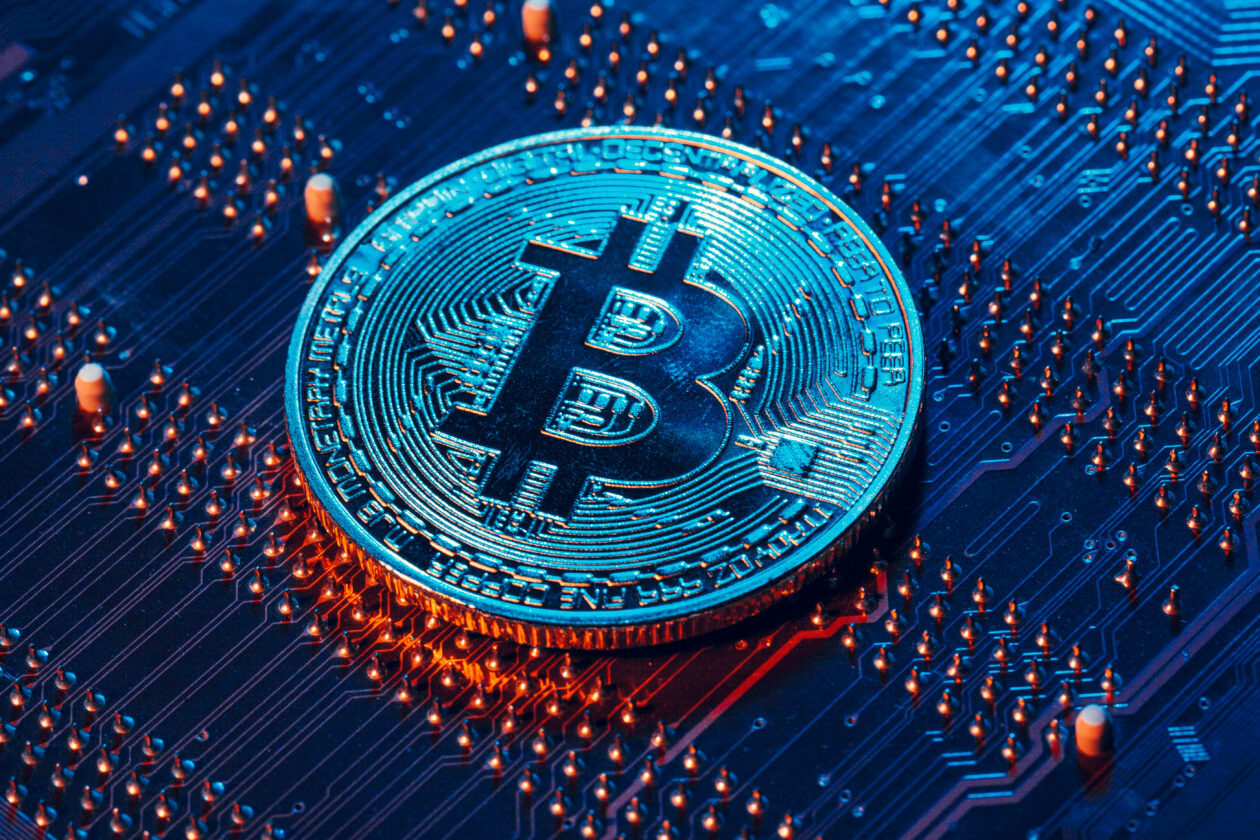Bitcoin fell below the US$30,000 support line in Friday morning trading in Asia as traders took profits amid worries about interest rate hikes in U.S. markets that drove investors into so-called risk-off mode, which pulled equities lower. Ether fell along with most other top 10 non-stablecoin tokens. Solana dodged the bearish sentiment to jump more than 6%. Despite the declines, the cryptocurrency Fear & Greed Index stands in the Greed territory at 56, as institutional interest in Bitcoin looks solid.
Losing ground
Bitcoin fell 1.88% over the last 24 hours to US$29,919 at 07:20 a.m. in Hong Kong to post a loss of 1.68% for the past seven days, according to data from CoinMarketCap. The world’s leading cryptocurrency reached US$31,399 on Thursday night, the highest in 13 months.
“With strong economic data in the US, good earning expectations and employment data in the private sector, investors are seeing increasing chances of further rate hikes; bond yields rose while equity indexes fell sharply,” said Justin d’Anethan, head of APAC business development at Belgium-based crypto market-maker Keyrock.
“The broad sell-off in risk assets undoubtedly affected crypto traders’ sentiment and new highs were seen as a profit-taking opportunity, rather than a chance to go long and hope for even higher prices,” d’Anethan said.
Large financial institutions show increasing interest in Bitcoin, according to the Bitcoin Monthly June 2023 Report by asset manager Ark Invest on Thursday, which highlighted the balance of Bitcoin held on over-the-counter (OTC) desks, a proxy for institutional activity, hitting a one-year high in late June.
“By the end of the quarter, the OTC Bitcoin balance had increased by 60% sequentially,” Ark Invest wrote in the report, which suggests “institutions and other large capital allocators are focused increasingly on Bitcoin.”
Ether fell 3.13% to US$1,851, leaving it flat for the week. The token reached a high of US$1,956 on Thursday evening, but soon lost ground as investors took profits.
Most other top 10 non-stablecoin cryptocurrencies also logged losses in the past 24 hours, with the exception of Solana’s SOL and Tron’s TRX.
Solana jumped 6.48% to US$20.12, moving up 12.52% for the week. The token breached the US$20 resistance level on Thursday evening for the first time since June 7 as sentiment received a boost from a partnership between Coca-Cola Serbia and Solana’s non-fungible token (NFT) platform SolSea. The two will launch Coca-Cola brand NFTs at the Exit Festival in Serbia from July 6 to 9.
The total cryptocurrency market cap fell 1.45% to US$1.17 trillion in the last 24 hours, while crypto trading volume rose 37.62% to US$43.26 billion, according to CoinMarketCap data.
Forkast 500 NFT index dips
The main Forkast 500 NFT index dipped 0.38% in the 24 hours to 11:15 a.m. in Hong Kong to 2,774.37, down 2.73% for the week. The two Forkast indexes measuring the performance of Solana and Cardano NFT markets logged increases.
Bored Ape Yacht Club (BAYC) led collections by trading volumes, which rose 19.85% to US$3.49 million. Mutant Ape Yach Club (MAYC) and Azuki ranked second and third.
“The big NFT collections who saw large decreases in their floor prices have regained some footing, and now are bouncing up or down around 5% instead of the massive double-digit swings they were seeing earlier this week and last week,” said Yehudah Petscher, NFT Strategist at Forkast Labs, the parent company of Forkast.News.
The floor price of BAYC edged up 0.6% in the past 24 hours to 30.95 ETH (US$57,477), according to data from CoinGecko, while MAYC and Azuki dipped 1.5% and 3.2% over the same period. However, the three tokens are still holding two-digit losses for the past seven days.
Despite the low price opportunities, a lack of liquidity is keeping investors away from the market, according to Petscher, who said “traders are openly discussing having no liquidity and no plans to take advantage of historically low prices across blockchains.”
Blur, the leading NFT marketplace, launched its version 2 trading platform on Thursday, which introduced a 50% cut in gas fees and a new “trait bidding” feature, which allows traders to bid on specific NFT traits rather than collections and receive Blur reward points.
However, the update doesn’t appear to be attracting traders. According to data from blockchain aggregator DefiLlama, the total value locked on Blur was US$134.96 million on Friday, down from 155.68 million on Wednesday.
“There’s also talk of ETH being withdrawn from Blur’s ETH pool as some of the biggest points farmers are upset with the ongoing Season 2 of farming,” said Petscher. Blur announced its Season 2 of farming in February and said it would distribute over 300 million Blur tokens as rewards for bidding, listing, lending and other activities in the marketplaces.
Good news is bad news (again) for U.S. equities

U.S. stock futures traded lower as of 14:00 p.m. in Hong Kong, according to data from CNN. The three major U.S. indexes also fell in the regular Thursday session.
Most main Stock indexes across Asia also tumbled on Friday, with Hong Kong’s Hang Seng, South Korea’s Kospi and Japan’s Nikkei all sliding. China’s Shanghai Composite Index edged up.
Economic indicators out in the U.S. overnight showed increases in private sector jobs and pay, according to the ADP National Employment Report published. The payroll increase is more than double the analysts’ expectation of 228,000, Reuters reported on Thursday, despite the Federal Reserve’s monetary tightening campaign.
The U.S. services purchasing managers’ index (PMI) rose to 53.9 in June, according to the Institute for Supply Management on Thursday, which beats Reuters’ projection of 51. A reading above 50 indicates expansion, below 50 a contraction.
The data added to concerns that the Federal Reserve will continue its campaign of raising rates and holding them higher for longer periods to tackle inflation. The Fed meets on July 26 to make its next decision on interest rates, after leaving them unchanged in June at between 5% and 5.25%.
The CME FedWatch Tool predicts a 92.4% chance for a 25-basis-point rate increase, up from 88.7% on Thursday. The likelihood the Fed won’t increase is now at just 7.6%.
Investors are now waiting for the U.S. government’s employment report on Friday, with economists polled by the Wall Street Journal projecting the U.S. economy added 240,000 jobs in June, down from 339,000 in May.
(Updates with NFT and equity sections.)





